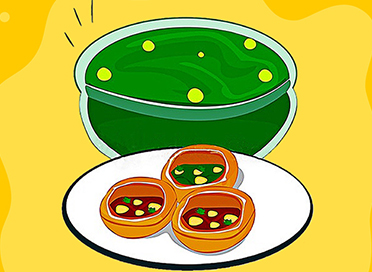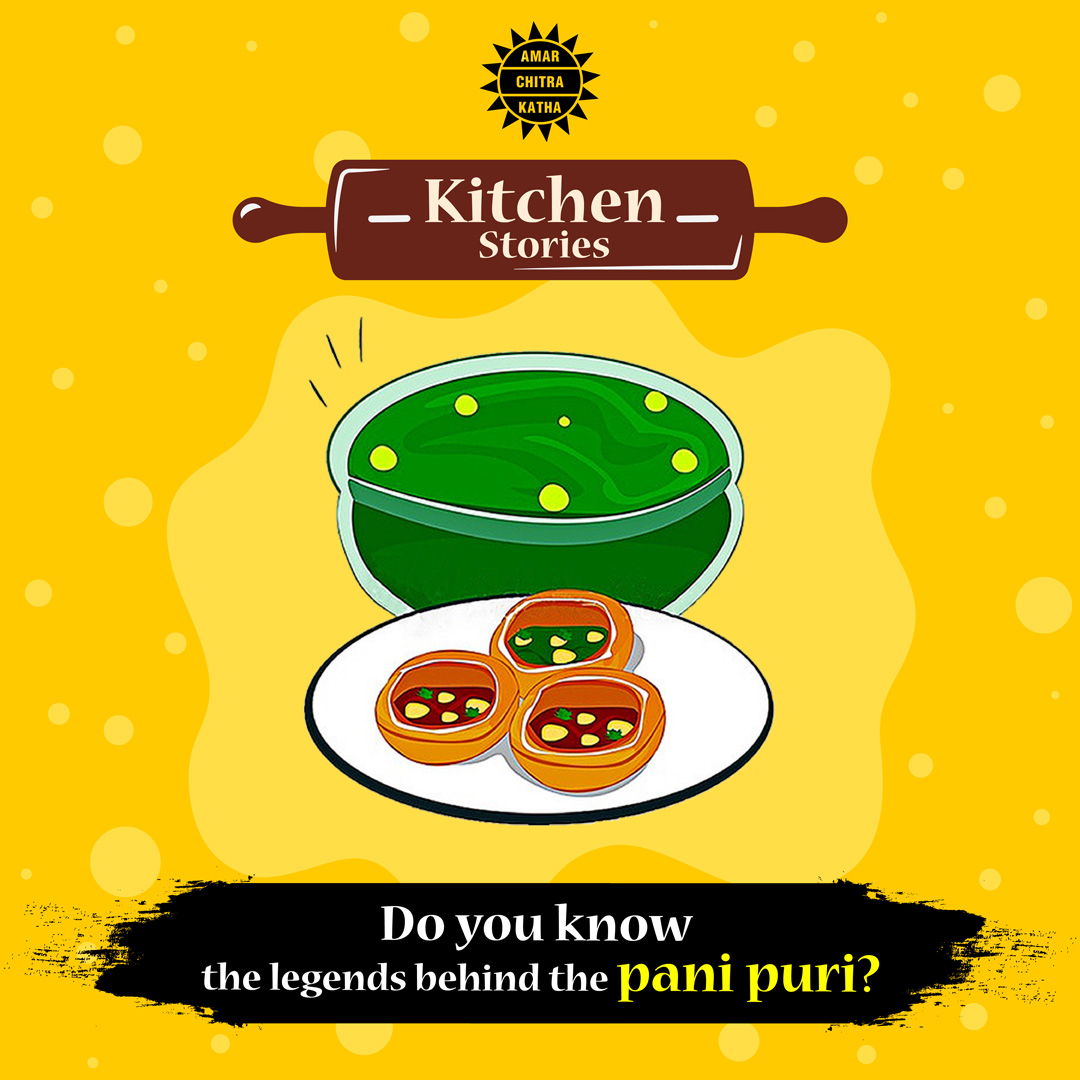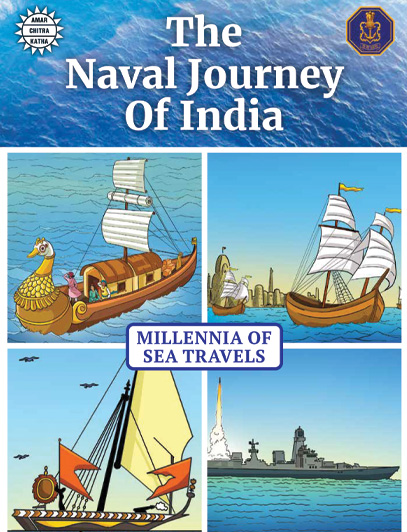The Story of the Pani Puri
- July 16, 2020


The Story of the Pani Puri
- July 16, 2020
Premium
By Komal Narwani When it comes to street foods in India, pani puri will definitely find a spot at the top for many. The thin and crisp circular crust, hollowed out for a large pinch of mashed potato and topped with spicy, tangy tamarind water, tingles our taste buds like no other snack. But do you know the various stories surrounding its origins?
When it comes to street foods in India, pani puri will definitely find a spot at the top for many. The thin and crisp circular crust, hollowed out for a large pinch of mashed potato and topped with spicy, tangy tamarind water, tingles our taste buds like no other snack. But do you know the various stories surrounding its origins?
Historically speaking, pani puris are considered to be the evolutionary byproduct of the phulki, that originated in the ancient Kingdom of Magadha (now a part of Bihar) in India. It was during the same time when we saw an explosion of different types of salty snacks or farsan. Unfortunately, there is no written record of the creator of the pani puri..
As per some of the versions of our mythological texts, the pani puri goes all the way back to the Mahabharata, invented by none other than Draupadi, the princess of Panchal and the wife of the Pandava princes. When the Pandavas were in exile, newly-married Draupadi was tested by her mother-in-law, Kunti. Kunti gave Draupadi the leftovers of a potato dish and wheat dough enough to make one small chapati, and told her to make sure the five princes did not go hungry. That’s when Draupadi came up with the idea of the pani puri. Kunti was taken aback with Draupadi’s ingenuity and blessed the dish with immortality.
To receive more such stories in your Inbox & WhatsApp, Please share your Email and Mobile number.
The dish has since then travelled far and wide, adapting to the taste and traditions of various regions. No wonder, it has so many names and variants. Call it golgappa, pani ka pataasha, phuchka, or pani puri, we relish it in every form.
To receive more such stories in your Inbox & WhatsApp, Please share your Email and Mobile number.

Comic of The Month
The Naval Journey of India Book I
This book is the first of a three-book series that takes a deep and detailed look at India's Naval History and a deep insight into the lives of our men and women in white. But any series on the Indian Navy has to start at the very beginning - exploring India's celebrated maritime history. Join our little hero, Bharat, and his grandfather, Commodore Sagar, as they sail into the deep blue waters of time. Book I of The Naval Journey of India takes a sweeping look at India's maritime endeavours, how the seas impacted us over millennia and how the oceans made us who we are.